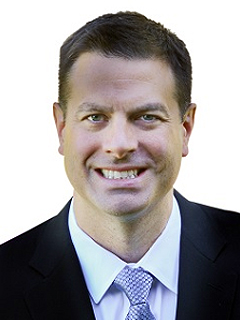How to make purpose real
An important element of the Employee Value Proposition

HR is the gateway to an organization meeting its environment, social, and governance (ESG) commitments through its people. The function has a guardian role in setting the tone of the business, articulating its purpose and values, and demonstrating those in how it engages with employees from the most strategic activity to the most administrative tasks. The policies, processes, and projects in which HR has responsibility shapes the culture of the organization, which is particularly evident in how the organization can realize its net-zero commitments.
Our survey results show that HR leaders believe culture, company values, and purpose are the most important elements of the employee value proposition when it comes to attracting, developing, and retaining talent.1 However, purpose cannot simply be a nice company slogan but must be completely integrated into how the business operates, how its people operate, and importantly, the employee experience.
Ensuring the workforce contribute to ESG topics, including any commitments to net-zero and ESG targets, will be on the agenda in the next few years for 32 percent of CHROs and their equivalents.2 Our Pathfinding HR functions are certainly representative of this percentage, as they know the value of organizations supporting ESG-related purpose, as well as their role in making this purpose “real” for employees.
The Pathfinders we spoke to take a holistic approach—matching formal policies and processes with informal interventions to deliver on public commitments on ESG.
For further reading, The future of HR : From flux to flow
1,2 KPMG, The future of HR: From flux to flow, November 2022
Some reflections to consider:
1
2
3
4
5
Explore more
Meet our team



